39% of enterprises revealed that physical security breaches are among today’s toughest challenges. For this reason, architects need to keep security in mind throughout each stage in the design process.
If you want to know about architects’ top security trends, keep reading. This guide will cover the top tools architects can use to complement their building design, increase convenience for the regular user, and provide more stringent security.
5 Security Trends For Architects
Security is one of the most crucial elements of building design that architects need to consider. All architects should seek technologies that blend seamlessly with the building’s design and allow a more user-friendly experience for the everyday user. Here are five of the security trends that architects need to know.
Cloud-Based Systems And Fewer Server Rooms
When establishing a security system in their designs, architects need to consider whether a cloud-based security system would be beneficial or whether an on-premise system is necessary.
An on-premise security system fortifies the building against security outages and offers reliability. However, an on-premise system also requires space for servers. You must evaluate whether you would like to allocate space in your design for an on-premise server room. Servers also require a lot of maintenance, which is another consideration in terms of convenience.
An alternative to an on-premise system is a cloud-based system. Cloud-based security systems do not require servers, so they are a space-saving solution. A cloud-based security system also has remote management potential, over-the-air updates, and over-the-air troubleshooting.
Or, if you want the benefits of both systems, you can invest in a hybrid approach. Hybrid systems require fewer servers but still offer the benefit of reliability.
Security Systems That Blend With The Building’s Design And Provide More Convenience
As an architect, the visual appeal of your designs is imperative. If you’re designing a modern, sleek, and sophisticated building, you need your security to merge with this design – not conflict with it.
Security systems are becoming more compact, with sleek and minimalist designs to blend in with any building’s architecture. For instance, touchless access control is a cloud-based system with hardware that is compact, minimalist, and well-suited to any building design.
When implementing building security, architects must also consider the convenience of building occupants’ daily comings and goings. Touchless access control provides convenient entry on the first attempt and eliminates the need for keycards or fobs.
Instead, users gain access credentials on their mobile devices. The building occupant can enter seamlessly with a hand wave over the access control reader. When they wave their hand over the reader, this will trigger the motion sensor. Once the motion sensor detects movement, it will initiate remote communication with the user’s mobile device to unlock the door.
The device uses three modes of communication to ensure entry on the first attempt – WiFi, cellular, and Bluetooth communication.
A commercial keyless door lock system ensures traffic moves smoothly into the building by preventing failed entry attempts. It also eliminates the need for users to fumble around in their bags and pockets at the building’s entrance to withdraw their access credentials and place them directly in front of the reader, which would slow down the entry process and cause congestion.
Instead, users need only wave their hands to enter. Architects not only need to consider the design of the building but the overall user experience in the building. Seamless entry improves the user experience and elevates the building design.
Integrating Access Control And Video Security Technology
Architects need to consider the potential security vulnerabilities of their designs. For instance, their building design may not facilitate the optimal placement of security cameras. To ensure a surveillance system is effective, there must be no blind spots that a third party could take advantage of to enter the property or cause damage.
Additionally, one key vulnerability comes with an access control system. If an unauthorised user manages to steal access credentials, they can easily use them to enter the building unchecked. However, integration can solve this issue.
A single security installation can ensure no blind spots at your building’s entrance while performing identity verification – a video intercom reader. A video intercom reader integrates access control and video surveillance technology, rolling both security installations into a single device. With integrated access control and video, all data from these installations can be viewed on a single interface, allowing for identity verification.
If both sets of data were hosted separately, this would mean that security staff would have to correlate timestamps to verify user identity – which would be a lengthier process.
By installing video surveillance for identity verification at each building entrance, you can ensure that there are no blind spots third parties might take advantage of – the system will capture footage of anyone entering the building.
Integrating Cybersecurity And Physical Security Tools For Automated Workflows
With cloud-based physical security comes the potential to merge physical and cyber security for a more robust overall approach. By integrating cybersecurity with physical security tools, architects can ensure automated workflows are established for security events.
When an alarm is triggered, or abnormal data is detected in your security system, this will trigger automated workflow creation and assignation. The security team can define clear response procedures for each security alert, eliminating the need for manual workflow creation and assignation. Security teams can ensure a faster incident response by automating the workflow assignation process.
Summary
Architects don’t just need to design the building – they need to curate the user experience for everyday building users. These security trends can help architects to create more secure and convenient building security that does not interfere with the building’s visual appeal.
Property & Development Magazine | The Home of Residential Sector News


